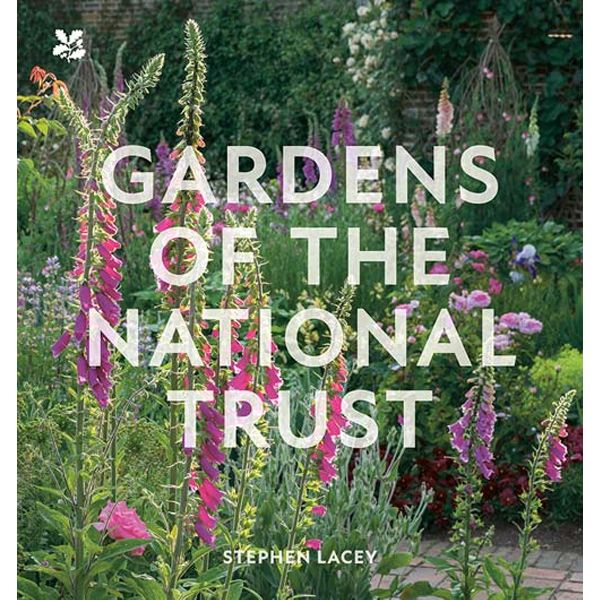Visit National Trust’s delightful medieval moated manor house
Ightham Mote must be one of the UK’s most beautiful manor houses, burrowed within a hidden valley in Kent. The timber-framed home sits grandly surrounded by its own serene moat in such enchanting gardens.
Once you arrive at Ightham Mote, you amble down the dappled pathway and as the trees part before you, you are welcomed by the sight of the elegant stately manor house. One of the oldest surviving manors in England.
It’s such a captivating building it’s understandable why it has been loved and rescued so many times over the centuries.
So armed with our National Trust cards, we were going to explore Ightham Mote’s peaceful grounds, the fragrant Cutting walled garden and of course, the crème de la crème, the moated medieval manor.
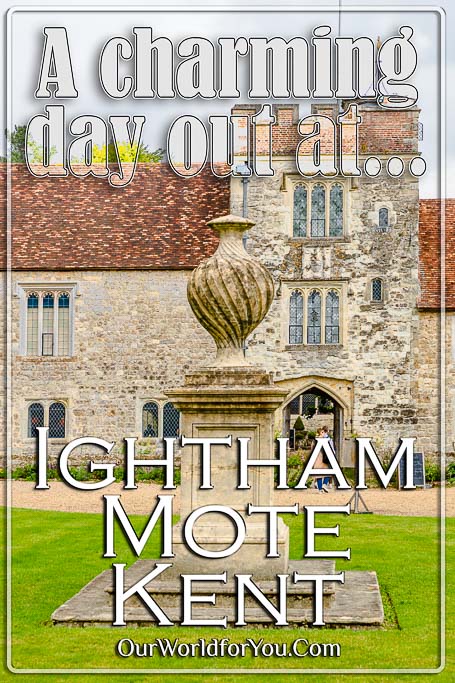
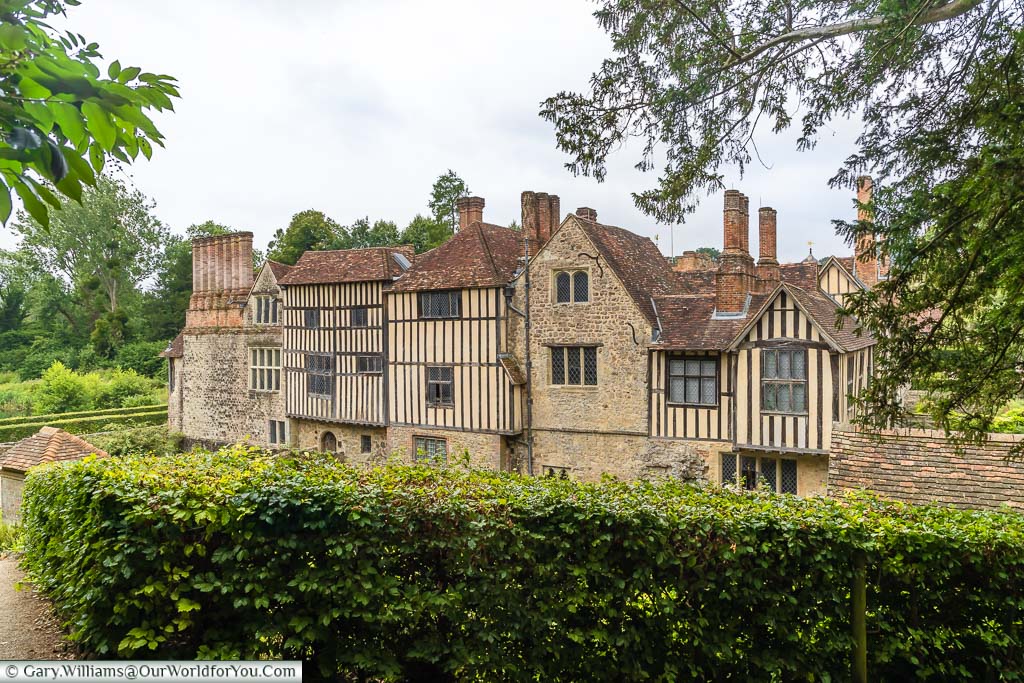
Where is Ightham Mote?
How to get to Ightham Mote
- By Train
You can catch a train from London Bridge & London Charing Cross to Hildenborough Station or Sevenoaks Station, which are 4 and 7 miles respectively from Ightham Mote. The journey time is around 30 minutes, taxi ranks serve these stations.
- By Car
Ightham Mote can be accessed from the M25 (jct. 5). There’s a free car park for National Trust members, or parking charges apply to non-members.
A little history of Ightham Mote
The guardians of 700 yearsIghtham Mote was built during the 14th-century around 1320; it is unknown who the wealthy landowner was, who had the majestic manor house built. But they certainly had exceptional taste.
Over the preceding 700 years, Ightham Mote has had an intriguing mixture of proprietors and residents. The first known owner around 1360 is Thomas Cawne, who is believed to have fought in the 100 Years War, amongst other campaigns. He was subsequently knighted for his services.
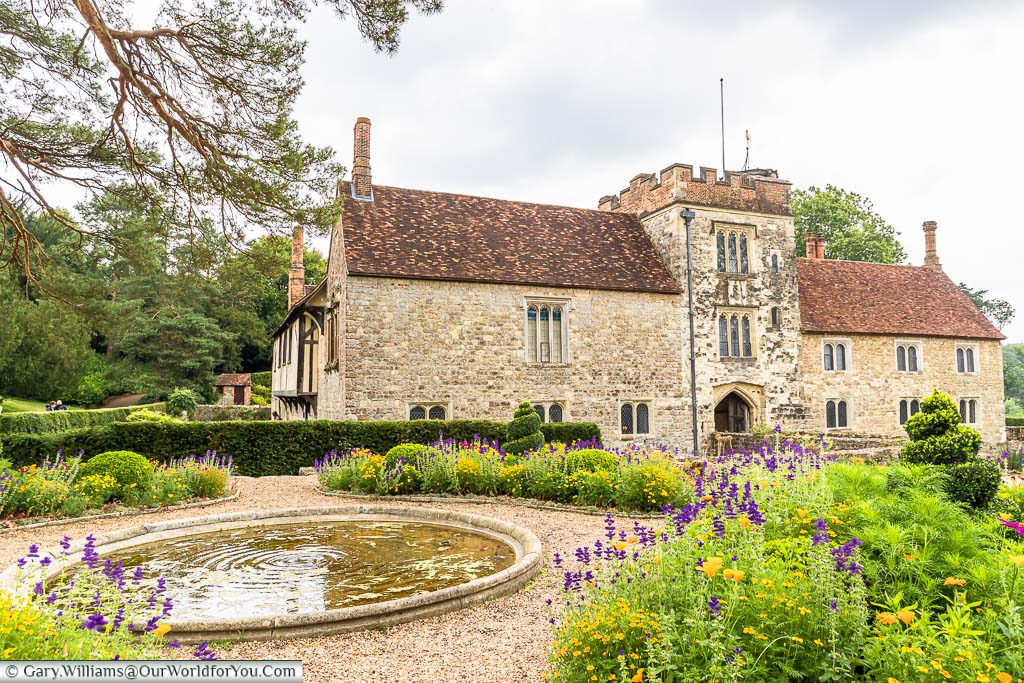
During the 15th-century, Ightham Mote was inherited by the Haute family, who had significant notable importance with royalty and noblemen.
For a brief period of 17 years (1521-1538), Richard Clement was the owner and, although mixed within Royal circles, led quite a controversial life.
The Selby family-owned Ightham Mote for almost 3 centuries until 1889, passing between many family members due to inheritance and disinheritance.
Ightham Mote is saved once again
By Knights, Noblemen and a passionate AmericanNow reaching the 20th -century, Sir Thomas Colyer-Fergusson took ownership and spent a considerable amount of money repairing the elegant manor house. He also added a bit of modernisation to the home and installed electricity, mains water and central heating.
Due to the devastation of two world wars, Sir Thomas’s three sons became casualties of the conflicts. Ightham Mote was passed down to his grandson, who chose to sell the manor due to the expense of maintaining it.
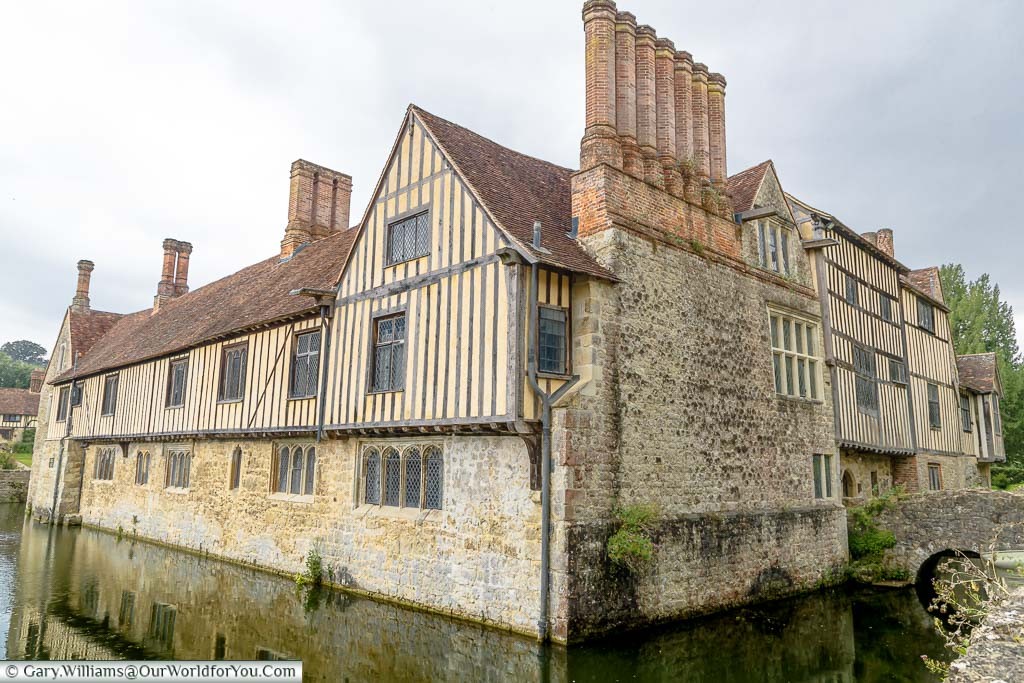
In October 1951, the once beautiful house was in huge disrepair, and the moated manor went up for sale along with all its contents. On the brink of Ightham Mote being demolished, three local businessmen purchased the property for £5,500.
Due to Planning Acts in England in 1952, Ightham Mote was given Grade I Listed Building Status and was recognized as national importance.
A passionate buyer came along in the form of Mr. Charles Henry Robinson, an American businessman from Portland, Maine. He’d visited the medieval house as a young man; however, he spotted an advertisement in Country Life and immediately put in an offer.
Robinson lived at Ightham Mote during the summer months for the following three decades and restored and furnished the home. Many of its interior furnishings and his collection remain at the house today.
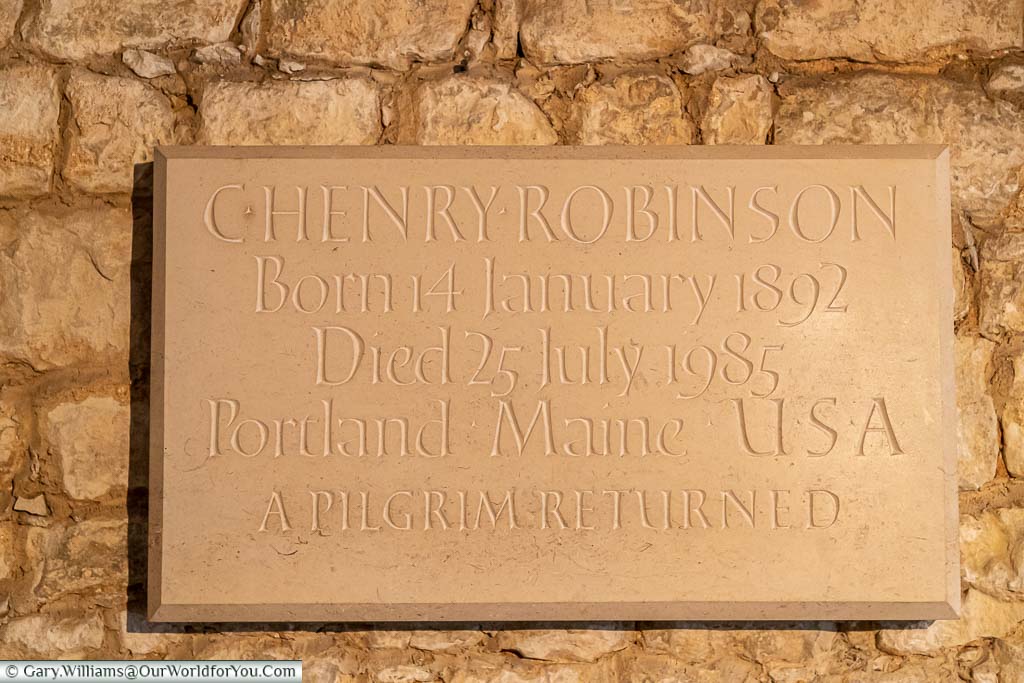
If you're intrigued by Kent's weird and wonderful history, or all unusual stories around the county, then take a peek at "Kent's Strangest Tales".
You won't be able to put it down, you can pick it up for your Kindle or in good old paperback.
A Tour around Ightham Mote Manor House
If only the walls could speak!It’s time to discover the majestic medieval manor.
There’s something quite special about entering an ancient building across a moat; you feel like you are walking in the footstep’s historical greats and distant royalty.
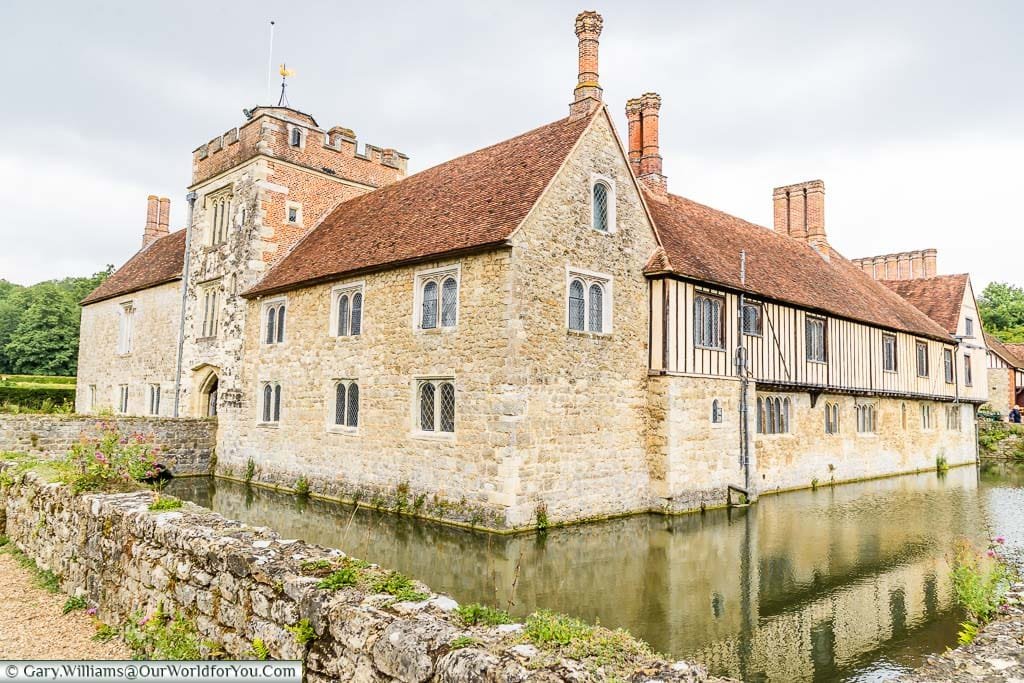
We stroll over the West Bridge and enter through the weathered arched Gate Tower, opening into the striking open-air Central Courtyard.
All around, you are encircled by gorgeous architecture, ancient timber-framing, delicate leaded windows, and the mullion frames of the Great Hall.
It’s such a charming little courtyard, and what will certainly catch your eye is the enormous dog kennel. The Victorian dog kennel was made in 1890 for Dido the St. Bernard and is now a Grade I Listed Building. That must have been some large pooch.
Where to stay
- Donnington Manor Hotel - Is located 5 1/2 miles from Ightham Mote. The rooms are comfortably decorated, and it has an onsite restaurant. If you are driving, they also have complimentary parking.
- Hadlow Manor - This charming Georgian manor house Is only 4 miles from Ightham Mote and offers delightful, peaceful surroundings in the Kent countryside. The rooms are perfectly decorated, it has an onsite restaurant and free parking.
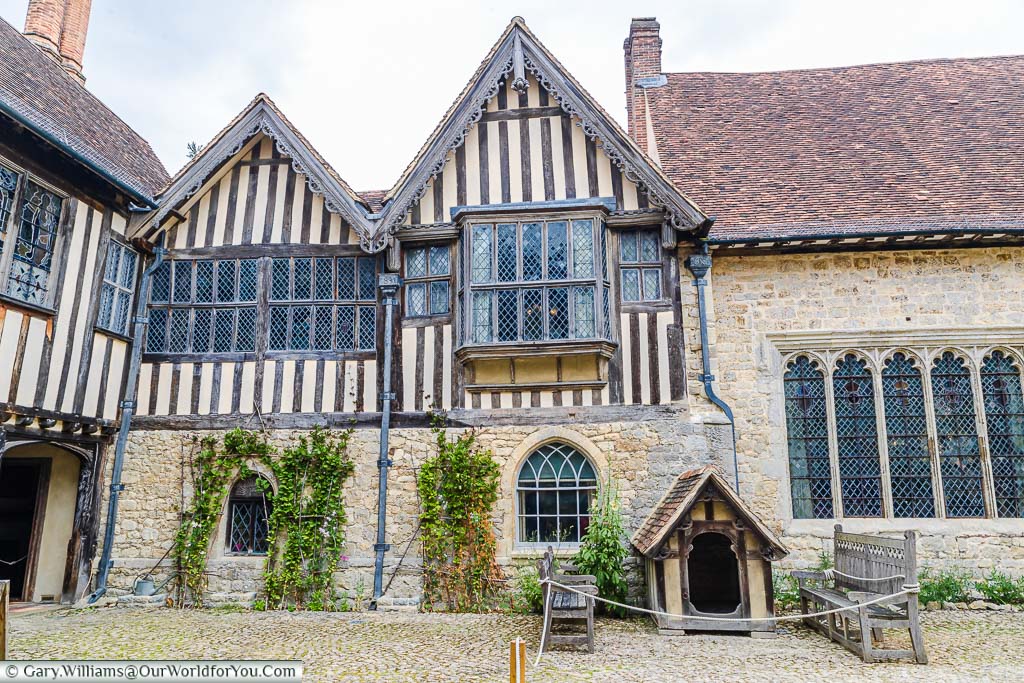
The library and Great Hall in Ightham Mote
Winston Churchill left his mark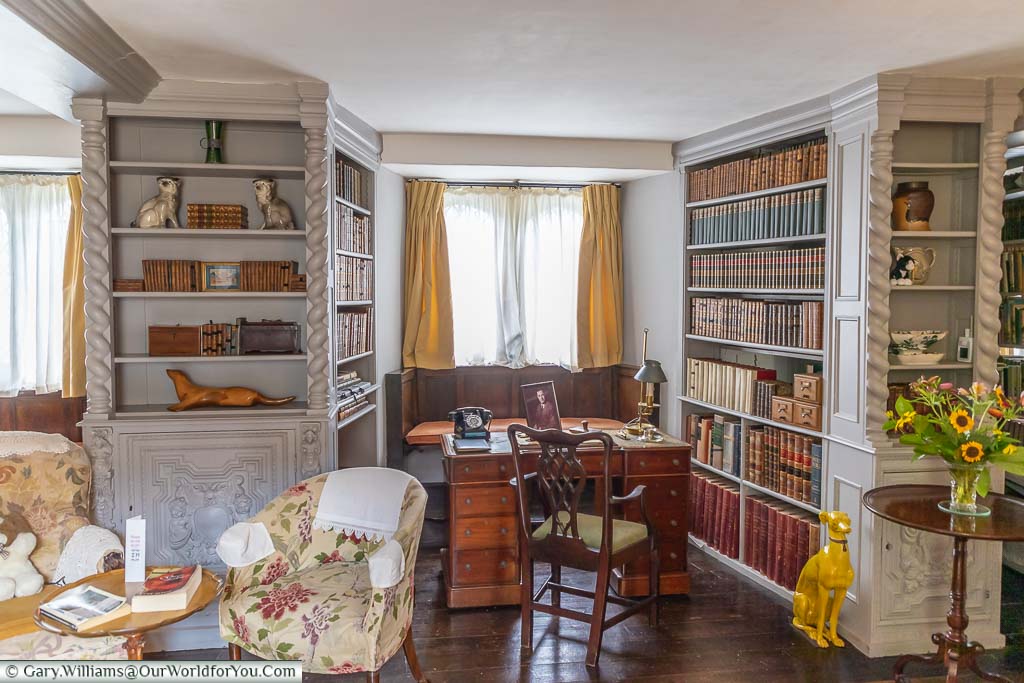
The pale grey colour palette in the library, which also double as a gentleman’s study, wouldn’t look out of place in a family home today. Formal seating surrounds the open fireplace, and an old wireless sits nearby the study desk.
There are some delightful works of art adorning the walls in the library, one of which is by Sir Winston Churchill. The oil on canvas of Ightham Mote was painted during the 1930s.
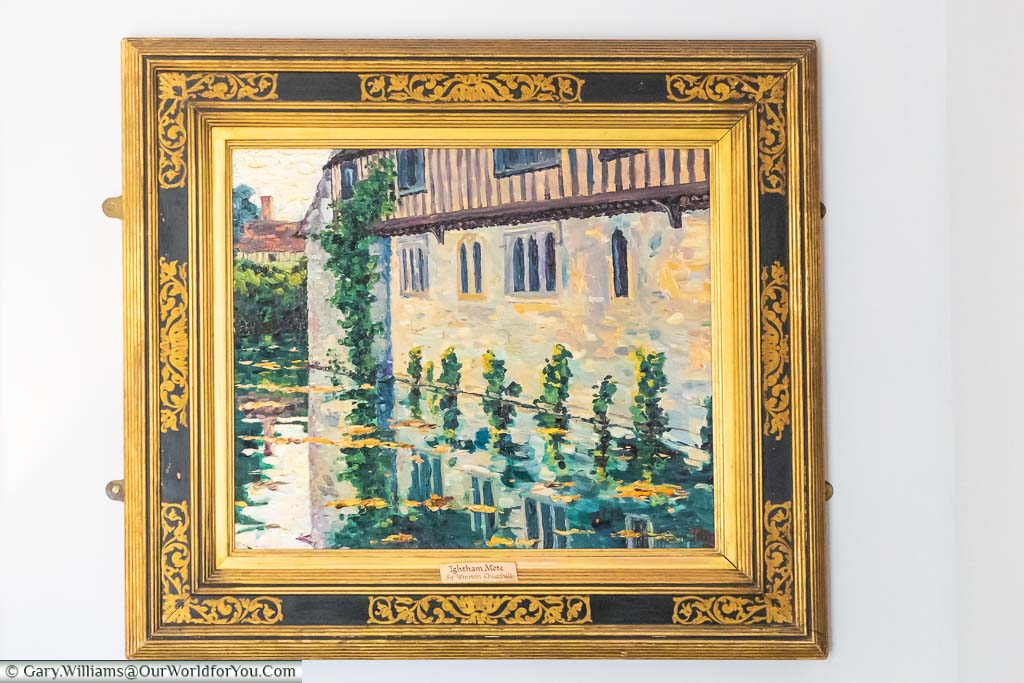
We next weave our way around to the medieval Great Hall, one of the oldest parts of the house. You can imagine wealthy dignitaries raising a glass to each other and feasting on local fayre.
The Great Hall has a vaulted wood-beamed ceiling, dark oak panelling lining the walls and a knight in shining armour keeping an eye on all who passes through. Also in the Great Hall are artworks of previous family owners and modest stained-glass windows.
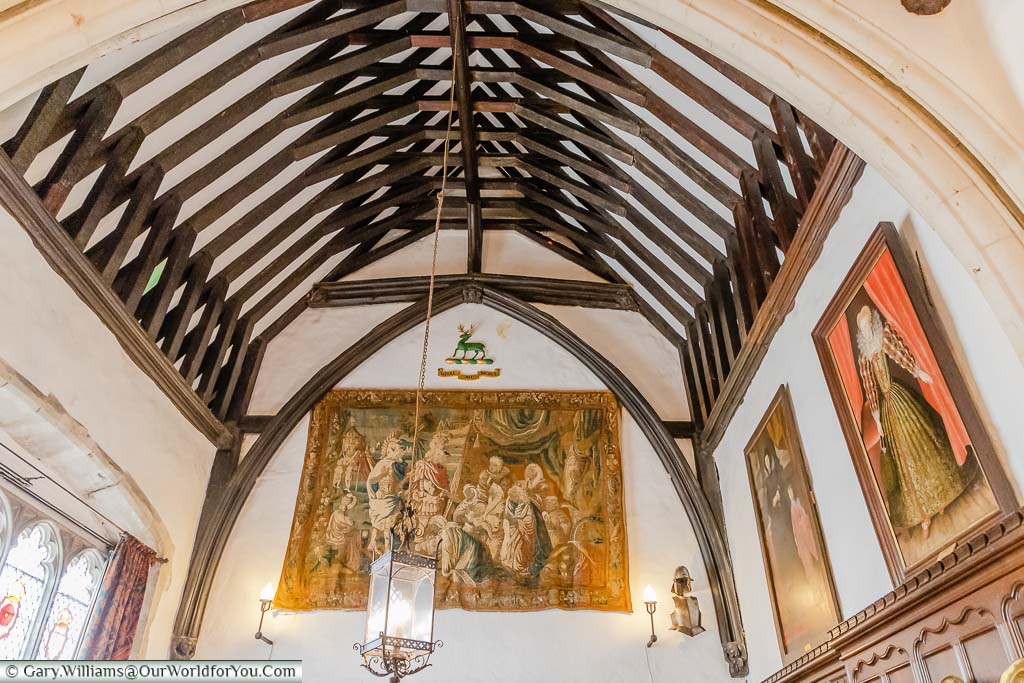
Off to the pantry we go!
Life below stairsLeaving the Great Hall, we’re off to the quarters of the domestic staff. The 19th-century Housekeeper’s room is rather pleasant, not quite how you would envisage it from a scene in Upstairs, Downstairs.
The dining table takes centre stage, and a large dresser contains what you would imagine being the housekeeper’s family heirlooms. It’s quite cosy with the open stone fireplace.
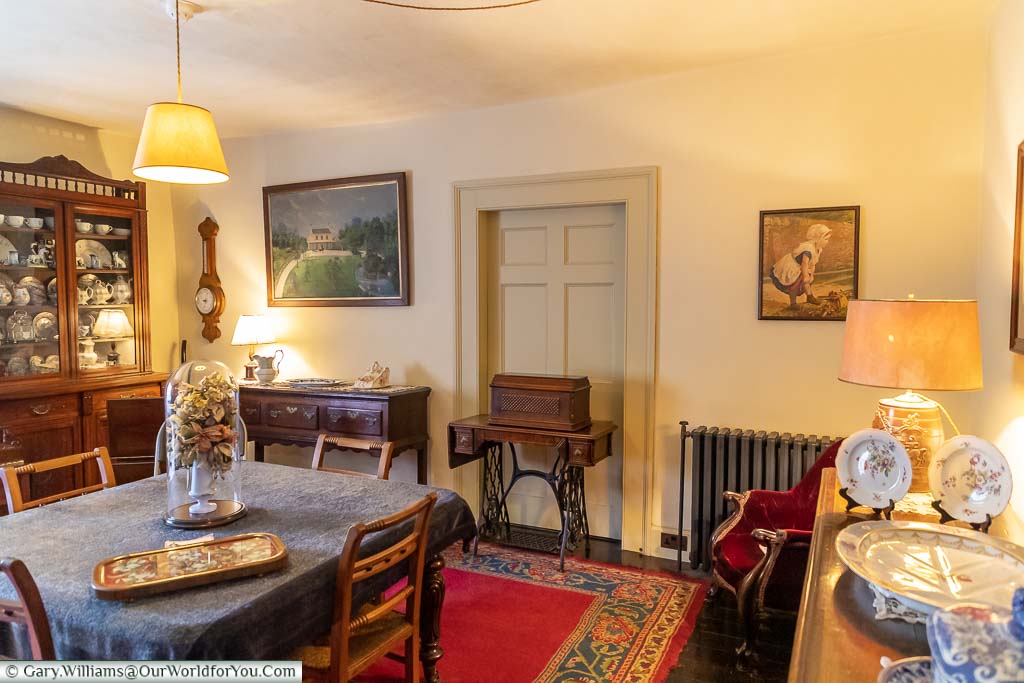
Peeking in the Butler’s Pantry, it’s a relatively simple affair; however, I’m sure many tasty dishes were produced using their own home-grown garden ingredients.
Cupboards were full of silverware and crockery, and the wooden centre kitchen table has been scrubbed within an inch of its life.
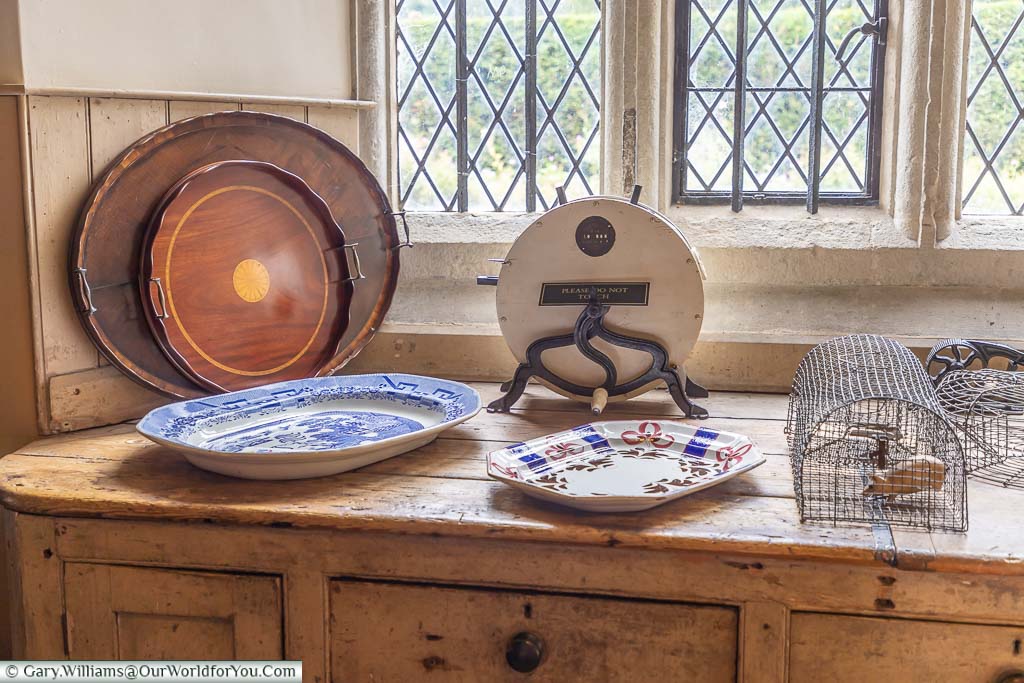
Upstairs in Ightham Mote
Not one, but two chapelsVenturing upstairs, we stroll through the Old Chapel, which was built as part of the original manor house in the 14th-century. It is relatively simple in its design and met the basic requirements needed.
We were able to wander through the Victorian bathroom; however, the bedrooms were currently inaccessible.
All through the charming manor are beautiful pieces of art and collectables; they especially seemed to like their clocks.
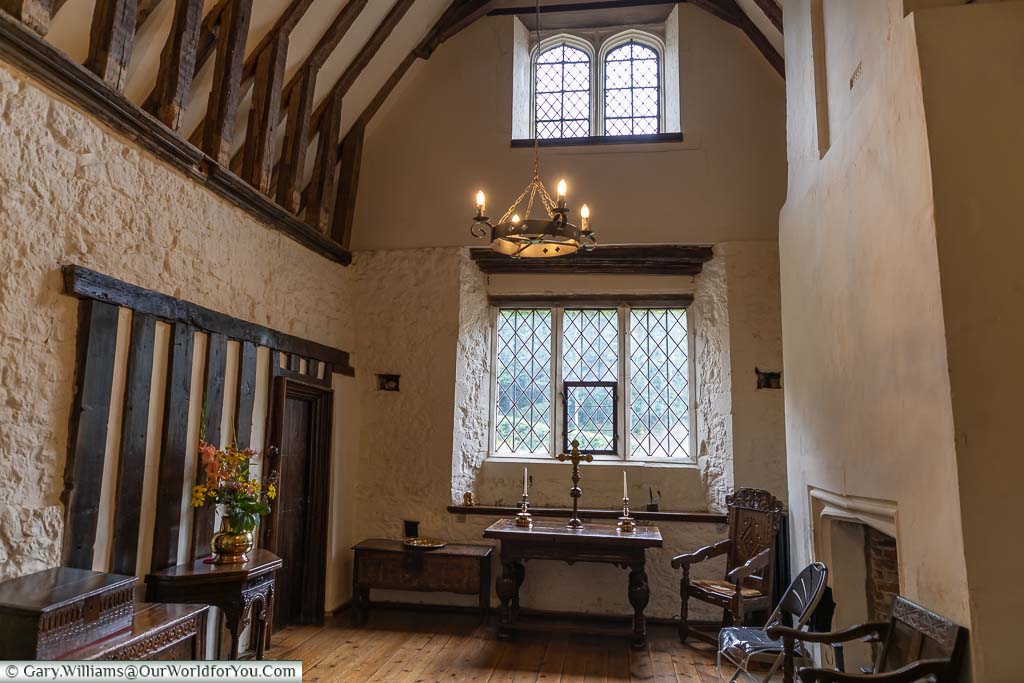
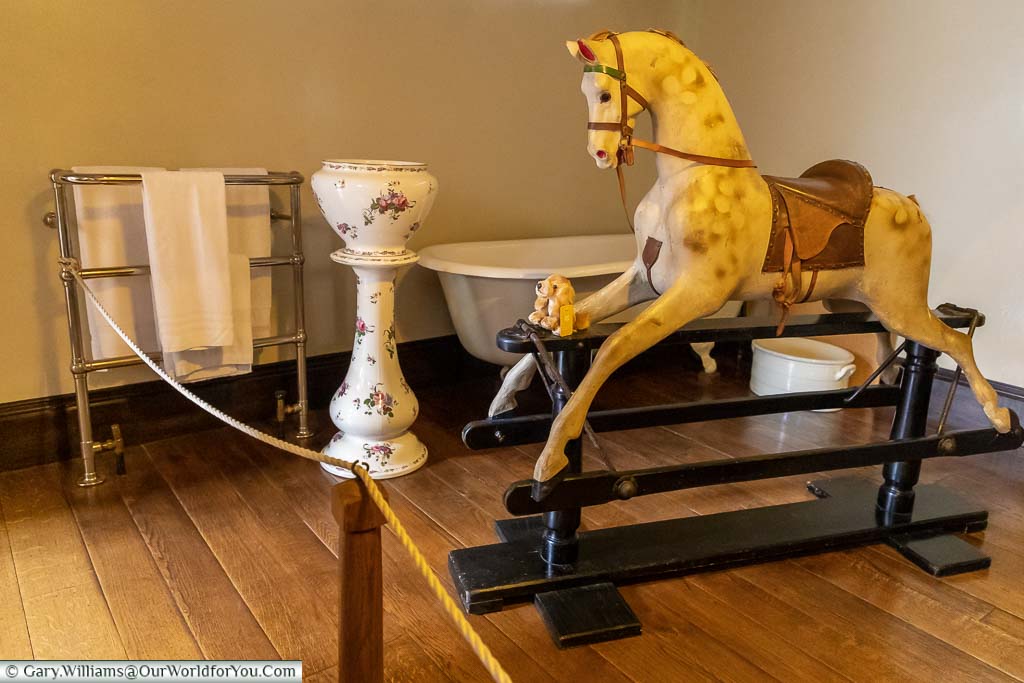
The New Chapel was built around 1520 with a barrel roof and decorative paintings between its panels. It’s still having many of its features, including the crypt and pews.
Within the New Chapel is the posthumous Victoria Cross, awarded to Sir Thomas Colyer-Fergusson's third son, Riversdale, who died aged 21 in 1917 in the Third Battle of Ypres. It is on loan to the National Trust from the Museum of The Northampton shire Regiment.
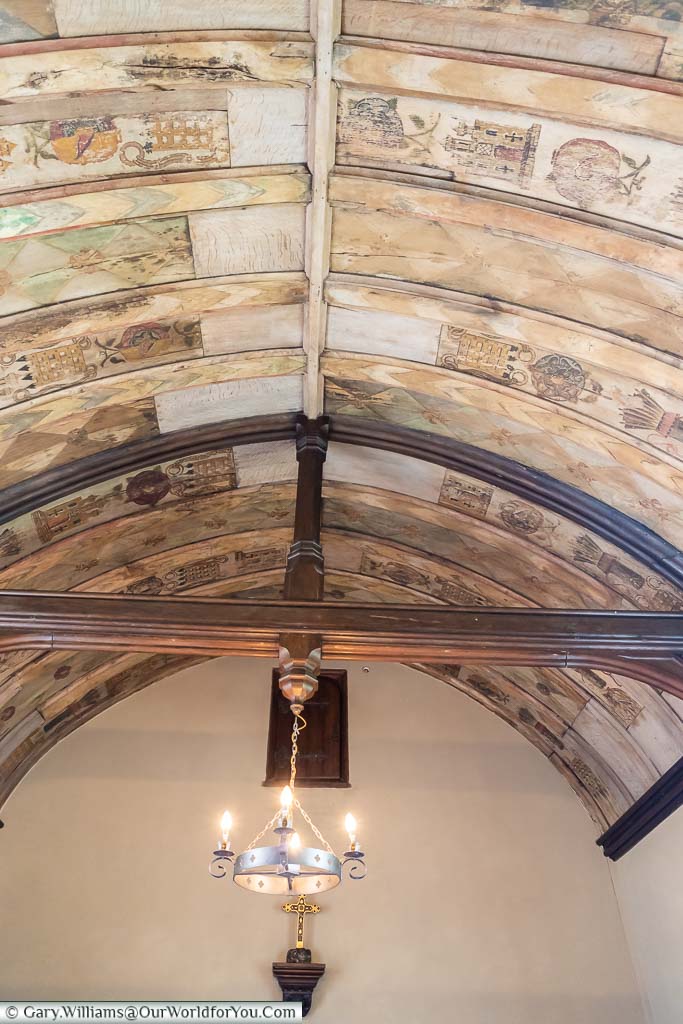
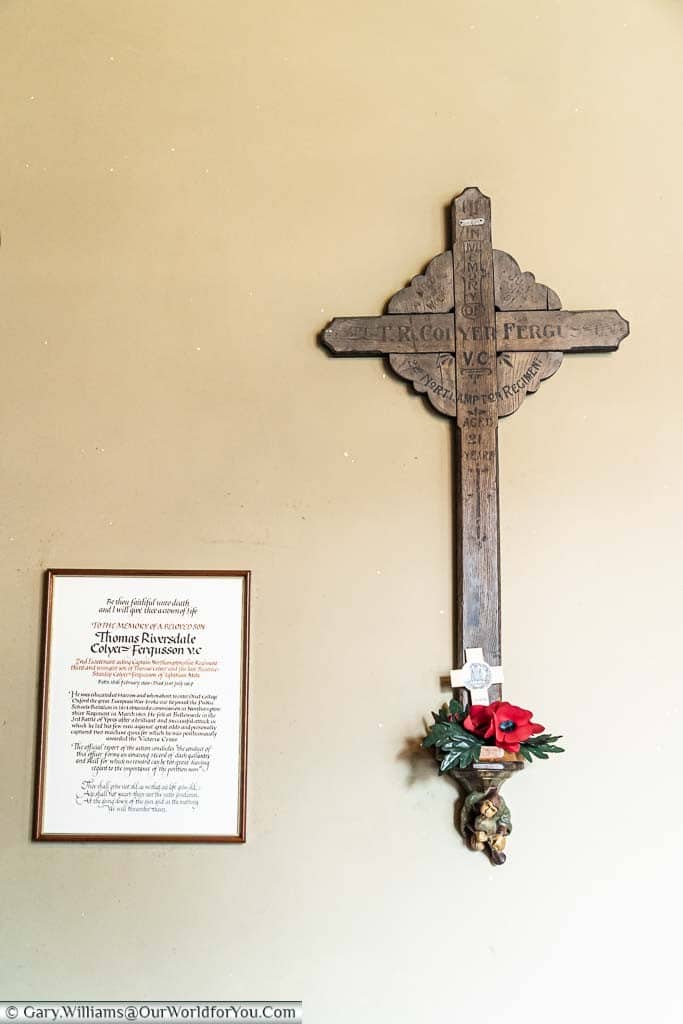
The social rooms of the manor
The Drawing Room and the Billiard RoomThe final two rooms in Ightham Mote that we’re able to visit were the Drawing Room and the Victorian Billiard Room.
The upstairs Drawing Room is elegantly decorated throughout, and although very formal looking in its appearance, you feel that there was lighthearted fun to be had, with the central card table poised for play and the beautiful wooden inland piano ready for a composition.
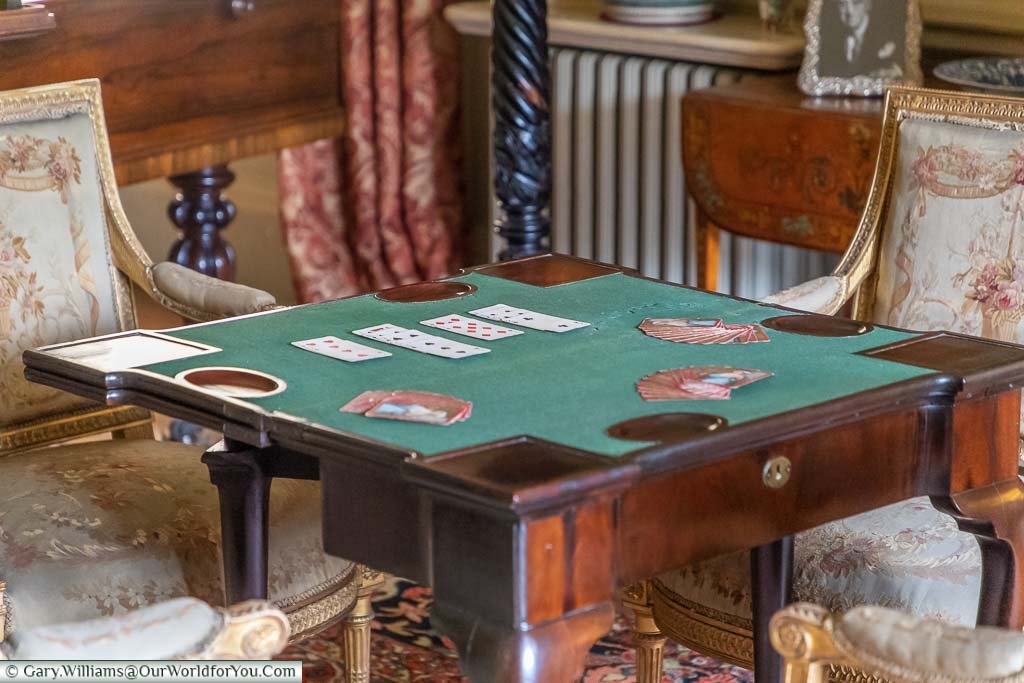
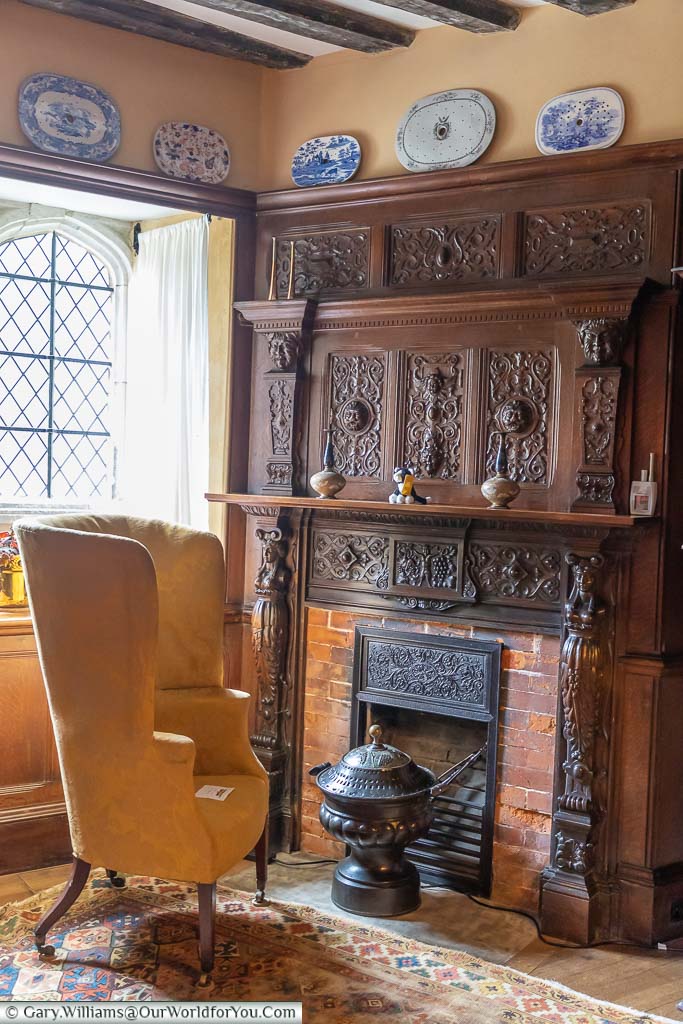
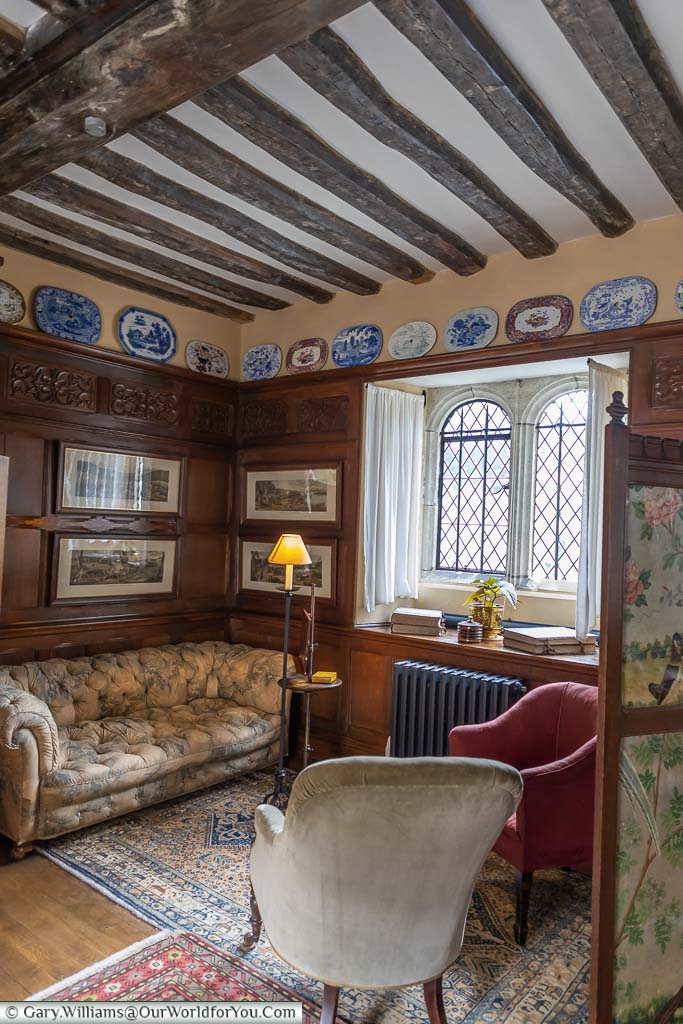
Hiking the Kent Countryside
Explore Ightham Mote’s charming gardens
Discover them at your leisureI love visiting these manor houses as their beautiful gardens are always imaginative and inspiring throughout the seasons.
At Ightham Mote, the National Trust do a fantastic job of creating a delightful blend of formal borders, woodland walks, herb and vegetable gardens, and there are always the soothing water features to enjoy.
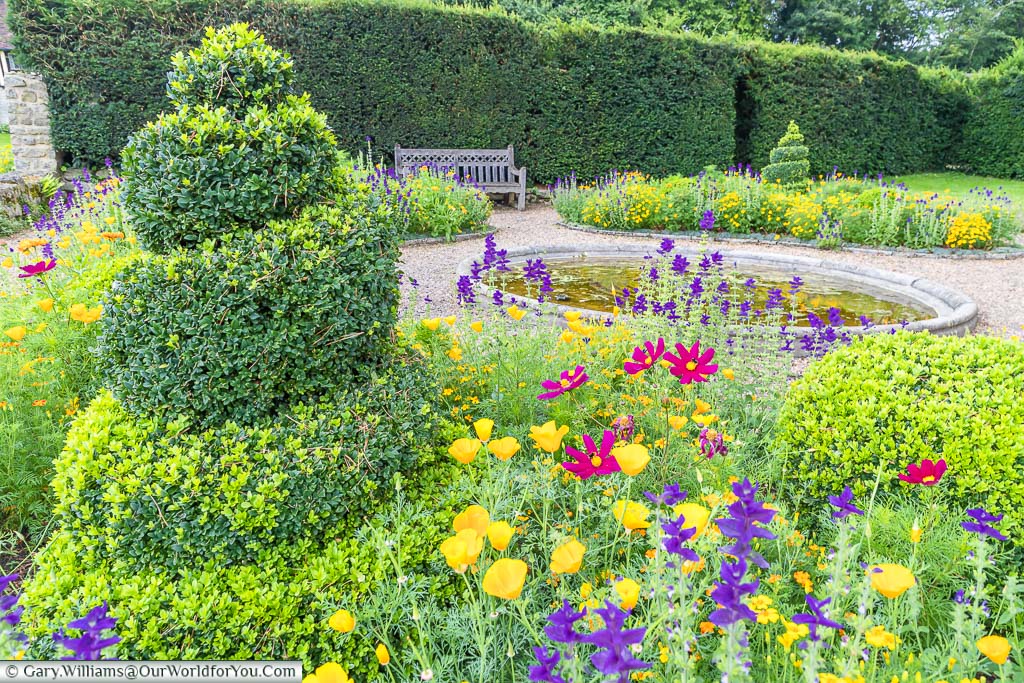
I’m forever drawn to the walled gardens, as the weatherworn terracotta backdrop always creates an enchanting scene; you feel like you could have stepped into a fairytale.
The Formal Garden at Ightham Mote is just in front of the medieval manor. The saucer pond with its rippling surface reflecting the colourful beds is a delight.
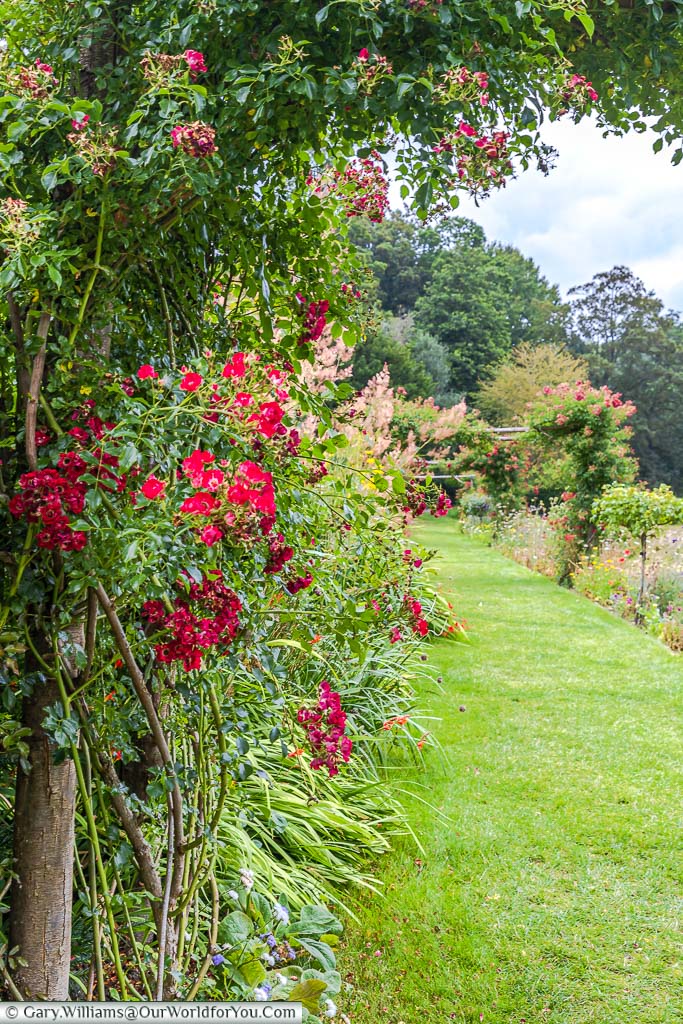
We stroll alongside the lawns, under the wooden archways and through terraced Herbaceous Border with rambling roses reaching out amongst the trellis frameworks.
Just beyond the formal lawn is the north lake, here you can pop open one of the National Trust purple deckchairs, sit back and enjoy the birdsong and fluttering wildlife.
If, like us, you enjoy visiting the National Trust gardens around the United Kingdom, then grab yourself a copy of the latest ‘Gardens of the National Trust’.
It’s a beautifully illustrated book, and it won’t be long before you’re planning your next trip.
Grab a picnic hamper and enjoy a full day
Unearth the hidden gardens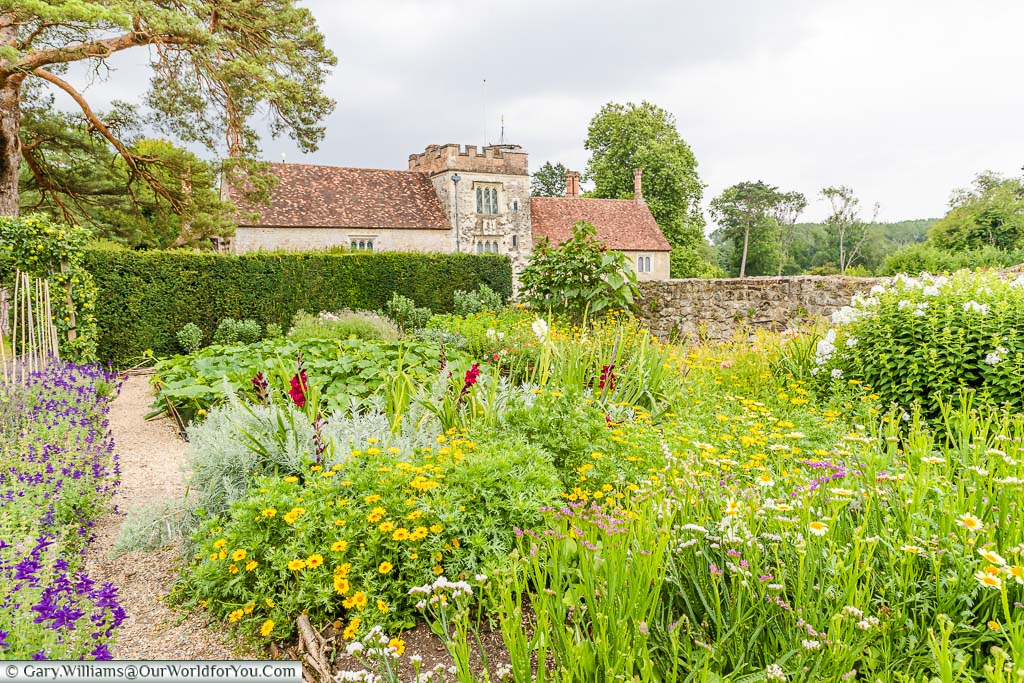
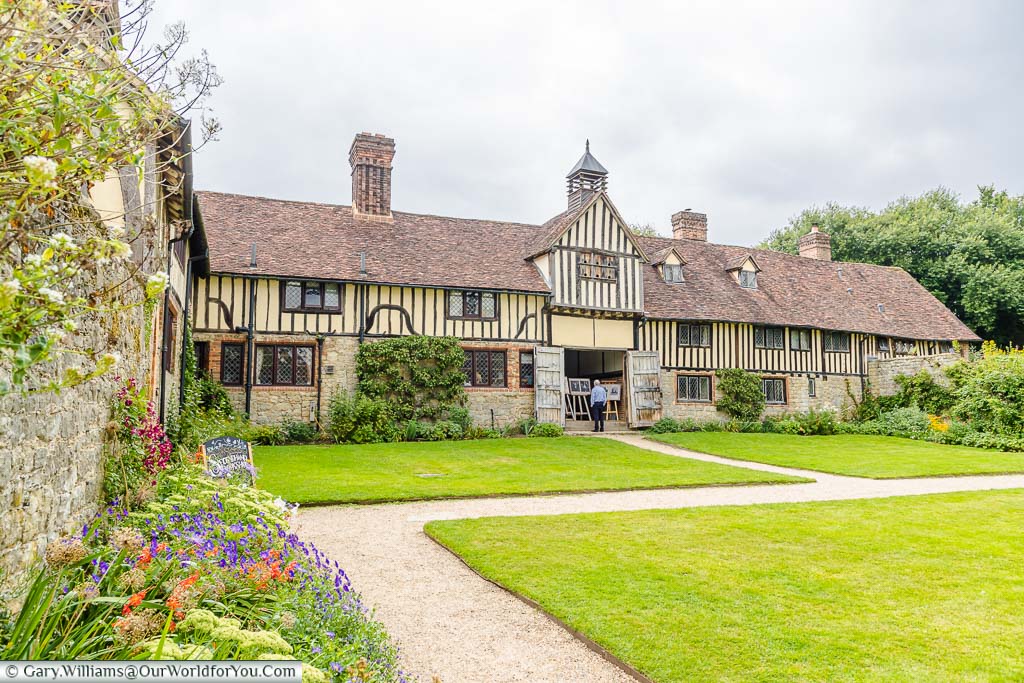
Stepping between the high hedgerows, the vibrant Stable Courtyard emerges into view. The 17th-century timber-framed farm buildings were later converted to workers cottages and add an exquisite setting within the manicured lawned courtyard.
The delicate flowering borders lead your eye back down to the moated manor. Their fragile bobbing heads guide you to the historic home that has lovingly been allowed life once more.
Sadly, it’s time to weave our way towards the exit passing around the exterior of Ightham Mote and appreciating the full extent and beauty of the serene moat encircling the manor house.
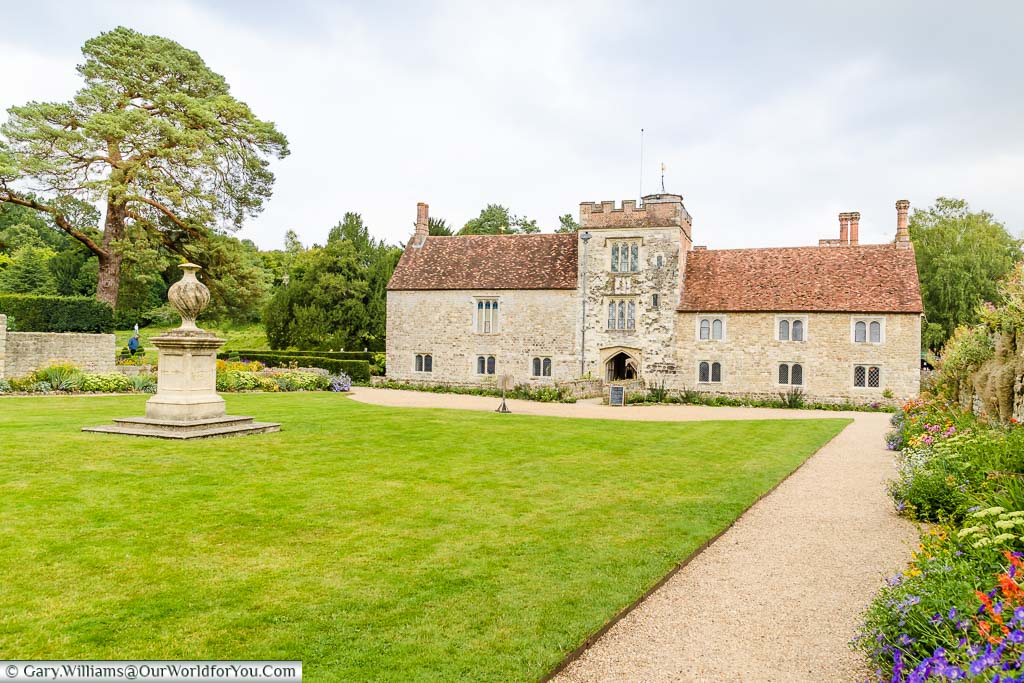
We had a truly lovely visit to Ightham Mote, full of history, beautiful surroundings and made all the better by the friendly National Trust staff.
If you’re not in a hurry to leave Ightham Mote, why not visit the secondhand bookshop by the secret garden, the café by the visitors’ reception or even purchase a selection of tenderly nurtured plants.
In August 2021, National Trust was given the approval to build a new visitors reception, extend their car park and return the present walled car park back into a fully planted walled garden. I can’t wait to visit again.
Escape for a few days
Are you looking for that ‘perfick’ holiday hideaway to relax in while you discover the Garden of England?
After a day exploring the Kent coast and its many historic castles enjoy one of the handpicked properties and unique retreats at Holiday Cottages.
For more info
Our YouTube video of Ightham Mote
We have created a little YouTube video of Ightham Mote. Why not take a look?
Also, why not subscribe to our YouTube channel and get the latest clips as we post them?
* This post may contain links to affiliated sites where we earn a small commission at no additional charge to you.

